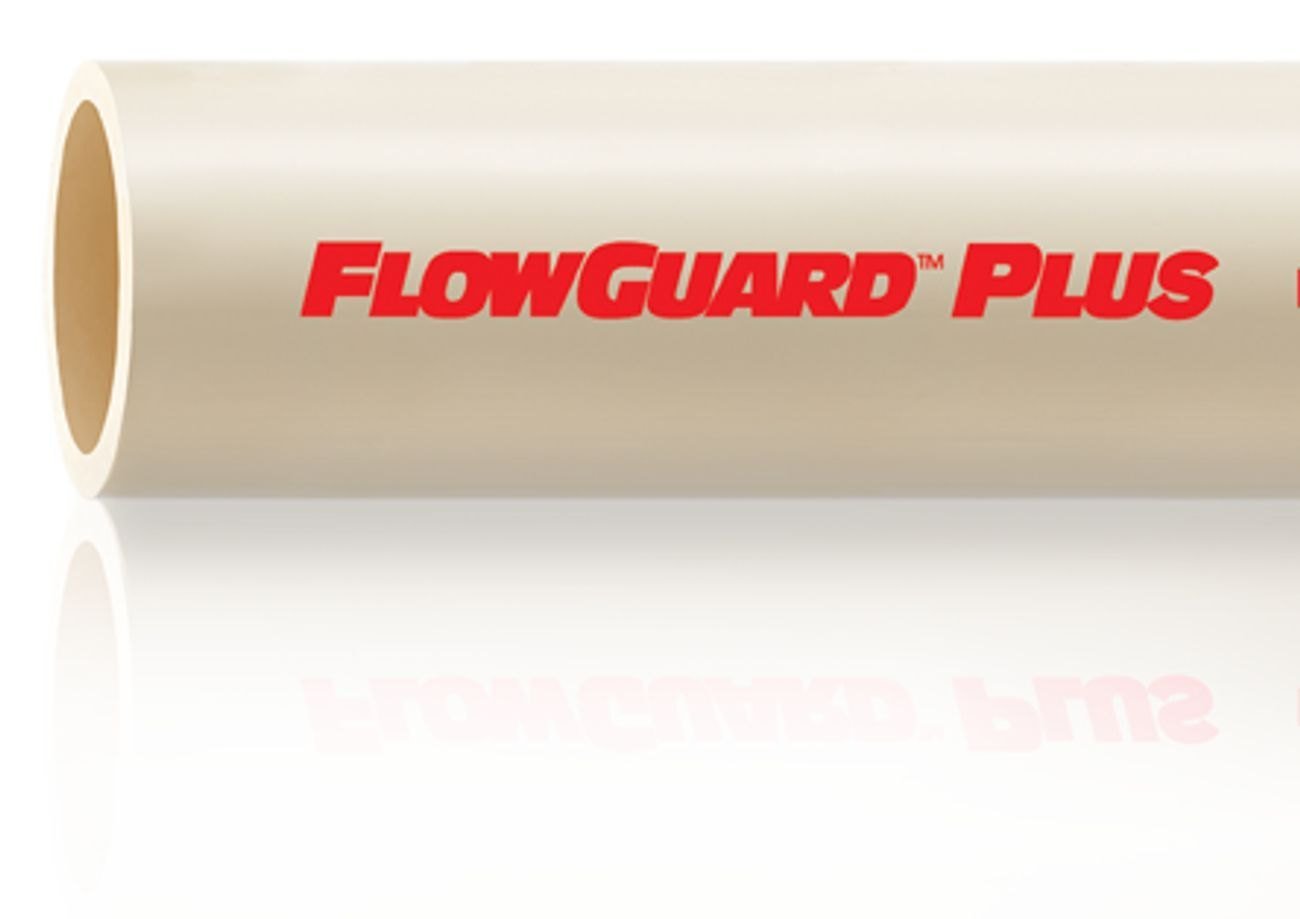
Best Practices for Cutting CPVC Pipes
CPVC pipe can be easily cut using simple hand tools―no electricity or heat is required for cutting or welding the pipes & fittings.
Best Ways for Cutting CPVC Pipes
When cutting CPVC pipes, it is important to prioritise safety. This is because the tools, equipped with blades, can be dangerous if mishandled. You must always be conscious of your hands and wear cut-resistant gloves to minimise risks. Additionally, safeguard your eyes with protective gear, such as safety glasses or goggles, as the cutting process may produce fragments, posing a potential threat to your eyesight.
Next, let’s take a quick look at cutting CPVC piping based on the joining method you plan to use for CPVC fittings and pipes.
- Solvent Welding: When it comes to CPVC welding using solvents and resins, you must prevent irregular cuts and maximise the bonding area. Professionals use a fine-toothed chop saw or a wheel cutter (in case of no electricity), as it provides a solid fence to square the edge of the pipe for a clean and even cut. Following the cut, smoothen the pipe end, eliminate burrs with a chamfering tool, and incorporate a slight bevel using a specialised tool. Also, remember the cardinal rule: never use a dull or broken cutting blade.
Pro tip: For optimal results, employ fine-toothed saw blades with minimal offset (0.025 in. max) for square, accurate cuts. Utilise circular power saws or band saws operating at 6,000 RPM or 3,600 ft./min, respectively, with ordinary hand pressure. To ensure precision, use a guide like a mitre box for manual operations.
Chamfering and Deburring Process for CPVC Pipes
Plastic burrs left behind while cutting can prevent proper contact between pipes and fittings and cause unnecessary stress on them, making it crucial for you to eliminate any burrs and filings on the surface. You can make use of a chamfering tool or file to smoothen the sharp edges, followed by removing the burrs from both inside and outside of the pipe.
What Piping Can Be Threaded?
Corzan® Schedule 80 pipe up to and including 4 in. in diameter, and at an operating temperature of 130°F (54.4°C) or less, may be threaded. The threads should be in accordance with ANSI B1.20.1 Taper Pipe Thread.
Advantages of CPVC Pipe Threading
While there are ample methods of CPVC installation, threading stands out for the advantages it comes with. Let us know the CPVC threading perks in detail below:
- Cost-Efficient Construction: CPVC threading offers material and energy savings, proving cost-effective in engineering projects.
- Omni-Directional Flexibility: CPVC threading enables multi-directional connections, enhancing versatility in construction applications.
- Efficient Prefabrication: Threading allows for advanced prefabrication in factory settings, ensuring all-weather construction without occupation periods.
- Rapid and User-Friendly: Threading allows quick and easy operation, which further accelerates construction and significantly reduces project timelines.
- Versatile Sizing: One of the best things about threading is that it is adaptable for pipe connections of various sizes.
Understand How Threaded CPVC Fittings Work
To understand how threading works, you must first understand that a threaded joint consists of two parts: the male and female ends. The male end (also known as MPT or male pipe thread) is threaded from the outside and features a tapered design. This means the threads get larger as they progress. Threads are on the inside of the female end (also known as FPT or female pipe thread) and get smaller. This tapered design helps to form a seal, but it also has the potential for splitting if a joint is over tightened.
FAQs:
1. Can a CPVC pipe be threaded?
Yes. CPVC pipes can be threaded.
2. How do you seal CPVC threads?
You can seal CPVC threads using thread tape.
3. What type of thread is used on pipes?
Threads that are in accordance with ANSI B1.20.1 Taper Pipe Thread must be used on Schedule 80 pipe with a 4-inch diameter.

Prasenjit Misra
Prasenjit Misra, an accomplished professional, having extensive exposure in plumbing field, currently holds the position of Lead Demand Creation & Business Development of TempRite South Asia division at Lubrizol India.
